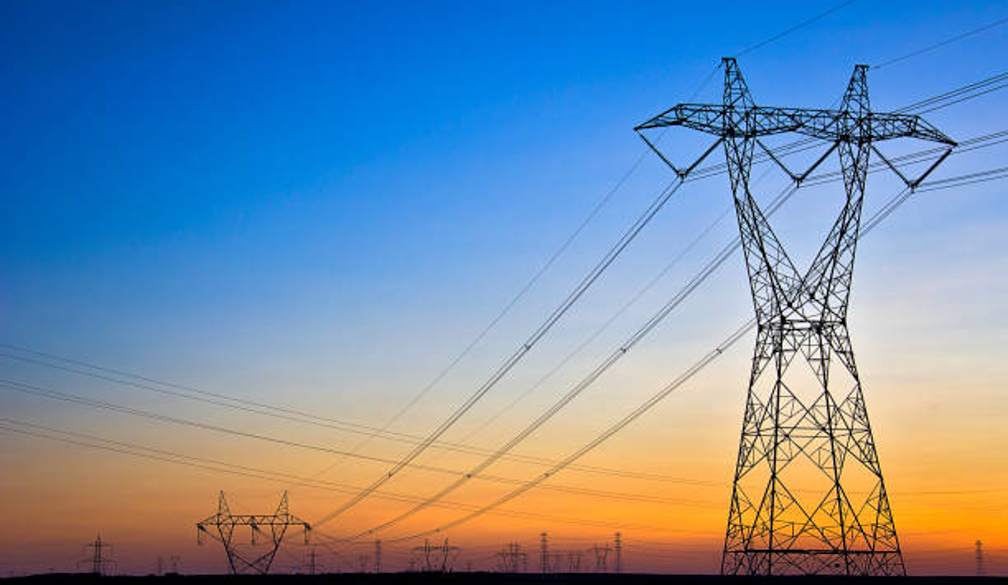Building a Transmission Tower: A Comprehensive Guide

Transmission towers play a crucial role in the distribution of electricity across vast distances, ensuring that power reaches homes, businesses, and industries. These towering structures support high-voltage power lines, facilitating the efficient and safe transmission of electricity from power plants to substations. To ensure a reliable power supply, it is essential to build a transmission tower with precision, using durable materials and strategic engineering to withstand environmental challenges.
Constructing a transmission tower requires careful planning, engineering expertise, and adherence to safety standards. This article provides a step-by-step guide to building a transmission tower, covering design considerations, material selection, construction phases, and maintenance practices.
Step 1: Planning and Site Selection
Before construction begins, extensive planning is required to determine the best location for the transmission tower. Several factors influence site selection, including:
- Proximity to power plants and substations: Ensures efficient power distribution.
- Topography: Flat terrains are preferable, but hilly areas may require special foundations.
- Environmental impact: Avoiding sensitive ecosystems and protected areas.
- Accessibility: Roads and transportation access for construction equipment and materials.
- Regulatory approvals: Compliance with government regulations and land-use policies.
Once an ideal site is selected, surveys are conducted to assess soil conditions, wind loads, and other environmental factors that might impact tower stability.
Step 2: Designing the Transmission Tower
The design of a transmission tower must meet structural, electrical, and safety requirements. Engineers consider the following aspects:
Tower Type
Transmission towers come in different types, including:
- Lattice towers: Made from steel or aluminium, these are the most common due to their lightweight and strong structure.
- Tubular steel poles: Used in urban areas where space is limited.
- Guyed towers: Supported by guy wires, these are economical and used for long spans.
- Hybrid towers: A combination of different types to suit specific project needs.
Load-Bearing Capacity
The tower must support:
- The weight of conductors (power lines).
- Environmental loads such as wind, ice, and seismic activity.
- Maintenance and repair loads.
Height and Span
The height and spacing of towers depend on voltage levels and terrain. Taller towers are used to span longer distances, reducing the number of towers required.
Step 3: Material Selection
Choosing the right materials is crucial for durability and structural integrity. Common materials include:
- Steel: Galvanized steel is widely used due to its strength and resistance to corrosion.
- Aluminium: Lightweight but less commonly used in large-scale towers.
- Concrete: Used for pole-type towers in urban settings.
Conductors, insulators, and other electrical components must also be selected based on voltage requirements and environmental conditions.
Step 4: Foundation Construction
The foundation is the backbone of the transmission tower, ensuring stability and resistance to environmental forces. Different types of foundations include:
- Pad and Chimney Foundation: Suitable for normal soil conditions.
- Pile Foundation: Used in soft or water-logged soils where deep support is needed.
- Grillage Foundation: Used in rocky areas where deep excavation is challenging.
Foundation construction involves:
- Excavation: Digging the required depth based on soil conditions.
- Reinforcement Placement: Installing steel reinforcements for added strength.
- Concrete Pouring: Using high-strength concrete for durability.
- Curing: Allowing the concrete to set before proceeding with tower erection.
Step 5: Tower Erection
Once the foundation is set, tower erection begins. This process involves:
- Transporting Components: Tower sections are transported to the site.
- Assembly on Ground: Sections may be pre-assembled before lifting.
- Lifting and Installation: Cranes or helicopters lift the tower sections into place.
- Bolting and Welding: Securing tower parts using high-strength bolts or welding.
- Final Inspection: Engineers check alignment, stability, and structural integrity.
Step 6: Stringing the Power Lines
After the tower is erected, power lines (conductors) are installed. The process includes:
- Stringing Conductors: Using pulleys and tensioners to stretch the cables between towers.
- Installing Insulators: Preventing electrical faults by securing conductors with insulators.
- Tensioning and Sag Adjustment: Ensuring proper tension and sag for optimal performance.
Safety measures, such as grounding and protective gear, are crucial during this stage to prevent electrical hazards.
Step 7: Safety and Compliance Checks
Before commissioning the tower, safety and quality checks must be performed. Engineers inspect:
- Structural stability and alignment.
- Electrical insulation and grounding.
- Compliance with national and international safety standards.
- Environmental impact mitigation measures.
Once all checks are complete, the tower is integrated into the power grid.
Step 8: Maintenance and Monitoring
Regular maintenance ensures the longevity and reliability of transmission towers. Key maintenance activities include:
- Visual Inspections: Checking for rust, corrosion, or structural damage.
- Electrical Testing: Ensuring conductors and insulators function properly.
- Foundation Checks: Inspecting for soil erosion or structural weakening.
- Vegetation Control: Preventing trees and plants from interfering with power lines.
- Weather Monitoring: Preparing for extreme weather conditions that could impact the tower.
Conclusion
Building a transmission tower is a complex but essential process that requires meticulous planning, engineering expertise, and adherence to safety protocols. By selecting the right site, materials, and construction techniques, transmission towers can efficiently support power distribution networks for decades. Proper maintenance further ensures their longevity and reliability, helping to power communities and industries worldwide.







